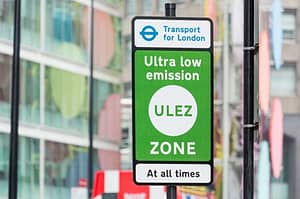Funding Xchange analysis suggests that half of the 1.4 million Bounce Back loans made will be unaffordable despite the announcement by the Chancellor that the repayment period has been extended to 10 years from the initial six.
Funding Xchange is the leading, Government approved online referrals platform for businesses looking for alternative finance when their main banks have declined their loan application. The platform also captures data and uses open banking functionality to forecast the capacity of businesses to be able to service their borrowings.
Initial data from Funding Xchange when the Bounce Bank Loan Scheme was introduced by the Government indicated that almost two thirds of borrowers would not have sufficient free cashflow to be able to repay their loans within the six year repayment period, with just 7% showing affordability from less than 50% of their available cashflow.
The announcement from the Chancellor that the repayment period has now been extended to ten years makes a difference but is not a solution for many businesses.
Data indicates that half of borrowers may still not be in a position to repay their loan, with still less than 1 in 5 borrowers forecast to have sufficient liquidity to effect repayments from less than 50% of their free cashflow.
Co-founder and CEO of Funding Xchange, Katrin Herrling said, “Extending the repayment period from six years to ten years will have a positive impact on around one in five of the businesses. We still forecast that more than half of the businesses who have used the scheme may be unable to repay. Many are already distressed and the 46% of borrowers who had no prospect of being able to repay anyway will still not be able to repay.”
A further complication is how the banks will be able to monitor which businesses have the capacity to repay if they have no sight of the business current account.
“The CMA ruling last week against Clydesdale Bank stating that banks offering Bounce Back loans may not insist on businesses running their current accounts with them means that banks will not be able to see who can and cannot afford to repay,” says Katrin Herrling. “This leaves them in the difficult position of not knowing what PAYG (Pay As You Go) capacity businesses who have borrowed from them will actually have.”
The newly introduced Open Banking legislation will help to inform the lending banks, but efficient systems are not yet adequately in place for most of the banks, who continue to rely on their legacy systems.
“We are working with lenders to deliver Open Banking-driven solutions to establish PAYG capacity of businesses,” added Katrin Herrling, “but at the moment the data we have points to up to two-thirds of businesses with Bounce Back Loans experiencing repayment stress. Several other nations are implementing debt forgiveness scheme for distressed businesses – we encourage the government to carefully examine these alternative solutions that might offer better value to taxpayers, businesses and banks.”






Leave a Comment